During my working life I have seen camps before, mostly IDPs – internally displaced people -, because of a natural disaster. I worked in India and in Aceh, Indonesia, after the tsunami of 2004, and in Haiti after the earthquake in 2010. These people stayed in the area that was affected by the disaster, and they knew that work was being carried out to rebuilt their accommodations, their livelihoods, their communities. They could see it, it happened there where they were, next to their camps, so to speak. It may have taken too long, but there was light at the end of the tunnel.
For the Forcefully Displaced People the situation is different. The Rohingyas, for example, have been chased from their home country, in this case under extremely violent conditions – they had to flee for their lives, literally. And the violence was carried out by their surrounding communities, with help of the army, and condoned by their government. And in the case of the Rohingyas and Myanmar, there is very little to think that that situation is going to change soon. A military dictatorship is fighting several minorities, and has certainly no time, neither interest, to think about yet another, unpopular minority’s return. If you ask me, the Rohingyas are doomed to stay here for a while yet, ignored and neglected by the world, with no significant political support to speak of.
Thanks to Bangladesh, and some international organisations, they have a place to stay in Cox’s Bazar, but I am afraid they have very little future. It is painful to realise that. It is even more painful to speak to people in the camp, that still have hopes for a better future. Who are trying to live daily life, by running small businesses, by selling the aid goods they received for free, and so get some form of economy going. Who are teaching their children, with the limited resources, as best as they can. And who are trying to influence their fate, by clamping on to foreign disaster tourists – that is us -, hoping that they can stimulate the world. It makes me want to cry.
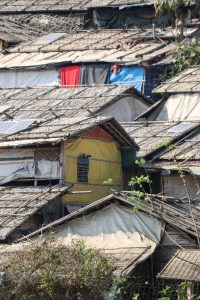
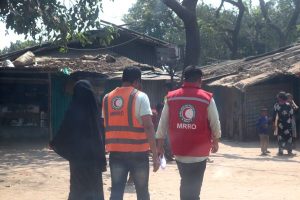




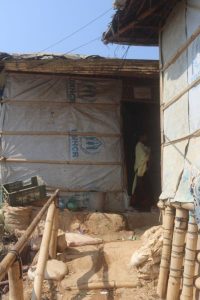


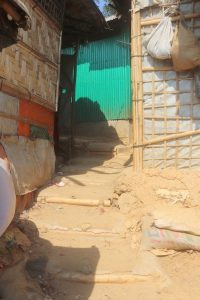

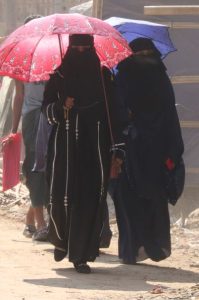

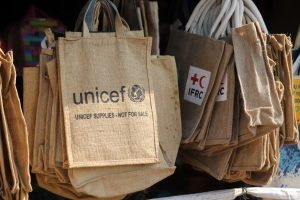

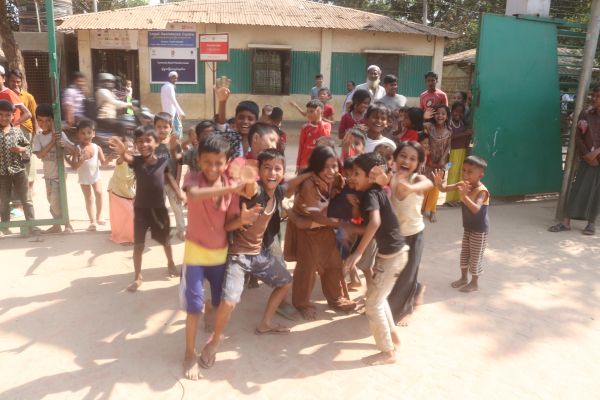

 RSS – Posts
RSS – Posts







